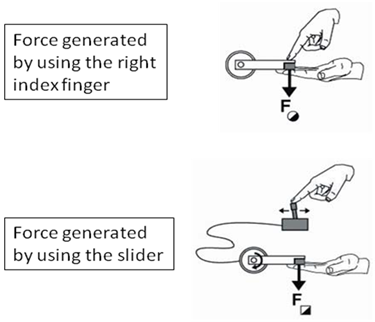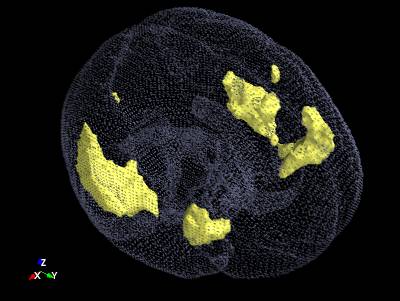Every day we make choices between different possible actions. Sometimes we also need to stop ourselves from doing something that we are used to. It is known that many illnesses can affect decisions and actions, including making poor choices or being impulsive. However, little is known about the effects of ageing on decisions and action.
What are the benefits of experience? What is the right balance between quick thinking and caution? How does quick learning of skills relate to other types of memory? These questions are addressed in this part of the Cam-CAN study, studying healthy people’s decisions and behaviours and how these are affected by the brain changes that occur with age. To do this, we are looking at how the brain makes choices, to do the right action at the right time. We also look at how it puts the brakes on when needed, to prevent unnecessary or even harmful behaviours. The actions are sometimes freely chosen, known as voluntary actions, according to our moment to moment wishes. At other times, one may be trying to get an action ‘just right’, learning by trial and error how to change or perfect the movement. This trial and error learning is important because it uses ‘neuroplasticity’ (changes in the brain and brain cells). Neuroplasticity is not only part of the normal learning process, but is also needed to recover from injury and to compensate for wear and tear in the brain or body.
See how action and motor learning fits into the main research themes or read more about specific tasks below.
Current investigations

Current behavioural investigations focus on motor learning. Motor control requires the adaptation of forces and movements according to learned information about a changing environment. This requires neuroplasticity,and is vital for goal-oriented behaviours (with reaching and grasping for instance) and more automatic motor functions such as adjusting balance to prevent falls. We have been examining rapid motor learning, using reversible changes in visuomotor gain functions. During a motor learning task, subjects learn to hit targets with a stylus (shown in red in the figure). During a subsequent test phase, , the target still appears at the red location, but the stylus appears to be thrown off course (shown in green). Subjects learn over time to adjust their motor movements to correct for this perturbation.

Preliminary results demonstrate that although motor learning can be maintained into older age, the variance across the older population increases. We are now comparing the rates of motor learning with day to day events such as the risk of falls. From2013, we will be able to compare this form of rapid motor learning with learning and memory in the context of episodic memory (see memorypage), which may in principle be subject to similar variations from a common underlying mechanism of synaptic plasticity.
Current task planning focuses on the development of an fMRI examination of motor inhibition. Motor control includes the ability to inhibit behavioural responses when required, either for optimising goal-oriented behaviours or for suddenly updating behaviour when unexpected or potentially harmful events occur. There are many forms of inhibition for stopping actions or not-going, with emerging evidence of anatomical and pharmacological distinctions between these forms of inhibition.

Regions such as the right inferior frontal gyrus (see Figure below), medial prefrontal cortex and subthalamic nuclei are implicated, together with dopaminergic, noradrenergic and serotonergic neurotransmitters. Ageing may exert differential effects on these major substrates for response inhibition, leading to dissociations among inhibitory functions. We have developed and tested a new task that enables us to separate different forms of inhibition. With behavioural and imaging data, we can identify key processes of inhibition, in both young and older subjects, providing a highly efficient means to study dissociable effects of ageing on motor and cognitive control mechanisms. These will be compared with other aspects of cognitive control, for example in executive functions (see attention page).

 Cambridge Centre for Ageing and Neuroscience
Cambridge Centre for Ageing and Neuroscience